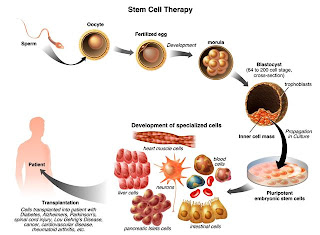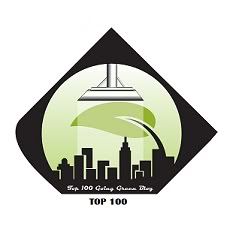Open heart surgery is any surgery where the chest is opened and surgery is done on the heart muscle, valves, arteries, or other parts of the heart (such as the aorta). The term "open" means that the chest is "cut" open.
The definition of open heart surgery has become confusing because new procedures are being done on the heart through smaller cuts. Some new procedures are being done with the heart still beating.
A heart-lung machine is usually used during open heart surgery. While the surgeon works on the heart, the machine helps send oxygen-rich blood to the brain and other organs.
- Your heart surgeon will make a 2-inch to 5-inch-long surgical cut in the chest wall. Muscles in the area will be divided so your surgeon can reach the heart. The surgeon can fix or replace a valve or perform bypass surgery.
- During endoscopic surgery, your surgeon makes one to four small holes in your chest. Then your surgeon uses special instruments and a camera to perform the surgery.
- During robot-assisted valve surgery, the surgeon makes two to four tiny cuts (about 1/2 inch to 3/4 inch) in your chest. The surgeon uses a special computer to control robotic arms during the surgery. The surgeon sees a three-dimensional view of the surgery on the computer. This method is very precise.
You will not need to be on a heart-lung machine for these types of surgery. However, your heart rate will be slowed with medicine or a mechanical device. If there is a problem with these procedures, the surgeon may have to open the chest to do the surgery.

.jpg)














